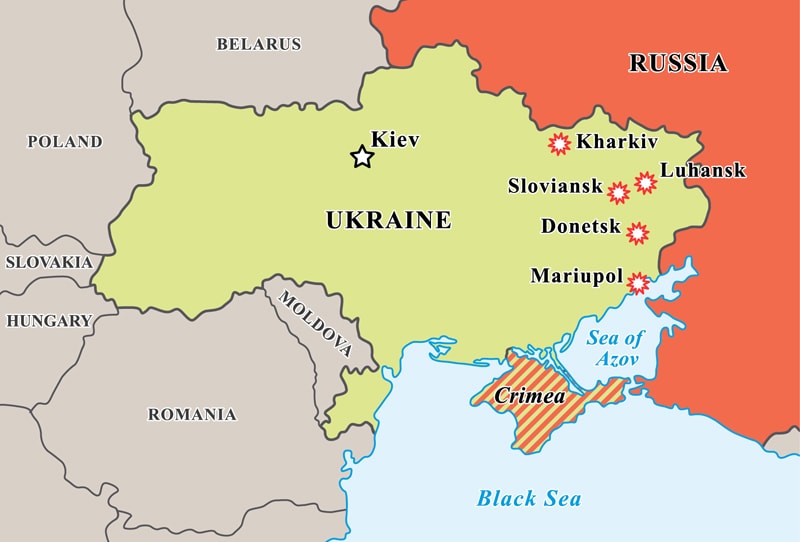Almost 7,000 chickens will be sent
By Diego Flammini, Farms.com
As a result of the ongoing conflict in the Donetsk and Luhansk regions of Ukraine, the United Nations Food and Agriculture Organization (FAO) is sending chickens to farmers to help them rebuild what may have been lost.
About 7,000 three-week-old layer-broiler chickens will be distributed to about 350 farms. The farm families will also receive 200kg of chicken feed, enough for about three months, after which the birds will be ready for processing. If the chickens are being kept for their eggs, farmers can expect production to start in about five months.
“In providing these and other farming inputs, our goal is to safeguard the food security and livelihoods of the most at-risk families, improve nutrition and prevent further economic losses due to the conflict,” said FAO emergency response coordinator Farrukh Toirov.
The decision to send chickens to the area comes after the FAO decided to send about 500 metric tons of livestock fodder last week. Earlier in the year about 1,000 homes received 100kg of potato seeds each.
Toirov said there’s still many farm families that require help.
“Our project is covering only a small number of them,” he said. Donor assistance is needed to scale up the operation and reach more significant numbers of the most vulnerable.”
The conflicts in Dontesk and Luhansk regions, together known as “Donbass” started in April 2014 after a revolution in Ukraine led to Russian military forces making their way into Crimea.
